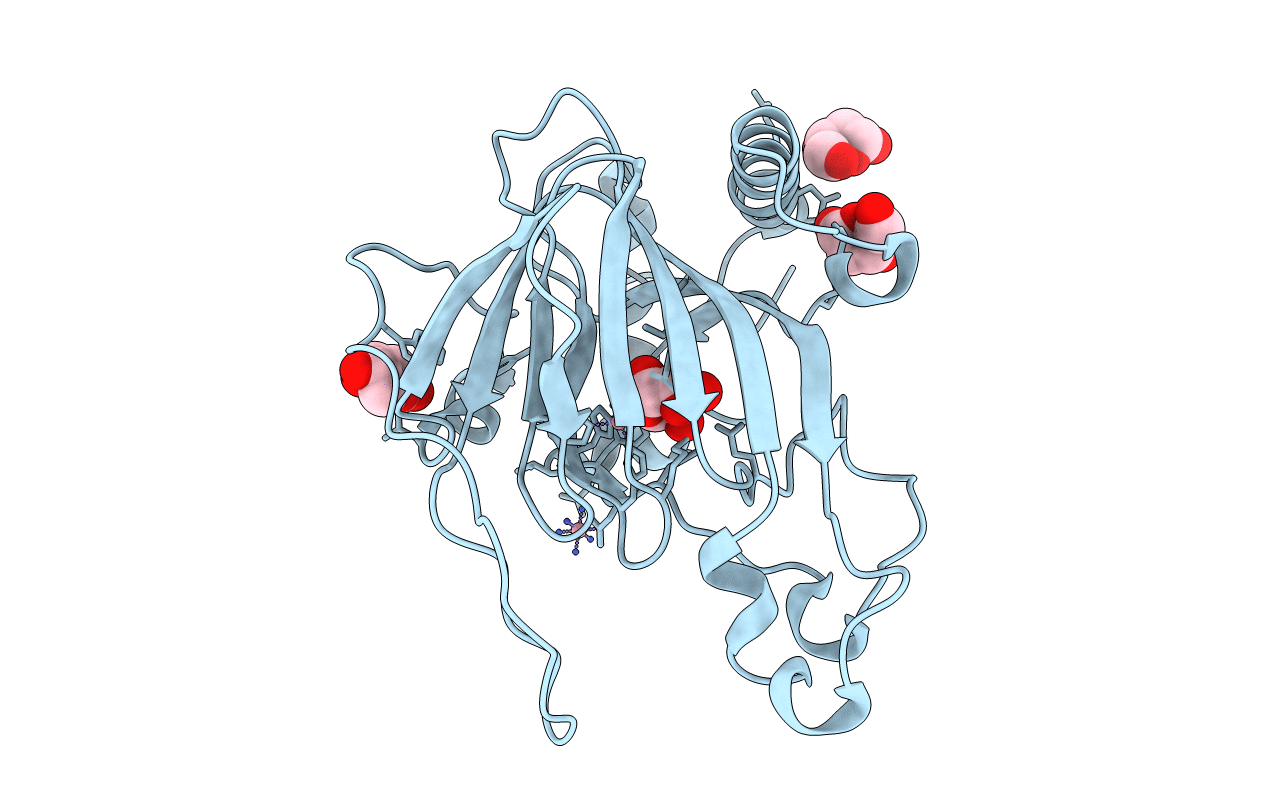
Deposition Date
2014-04-02
Release Date
2014-05-28
Last Version Date
2024-04-03
Entry Detail
PDB ID:
4Q0P
Keywords:
Title:
Crystal structure of Acinetobacter sp. DL28 L-ribose isomerase in complex with L-ribose
Biological Source:
Source Organism:
Acinetobacter (Taxon ID: 160971)
Host Organism:
Method Details:
Experimental Method:
Resolution:
1.93 Å
R-Value Free:
0.24
R-Value Work:
0.20
R-Value Observed:
0.20
Space Group:
F 2 2 2


